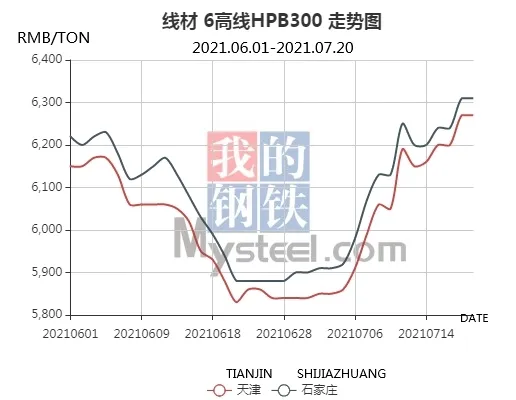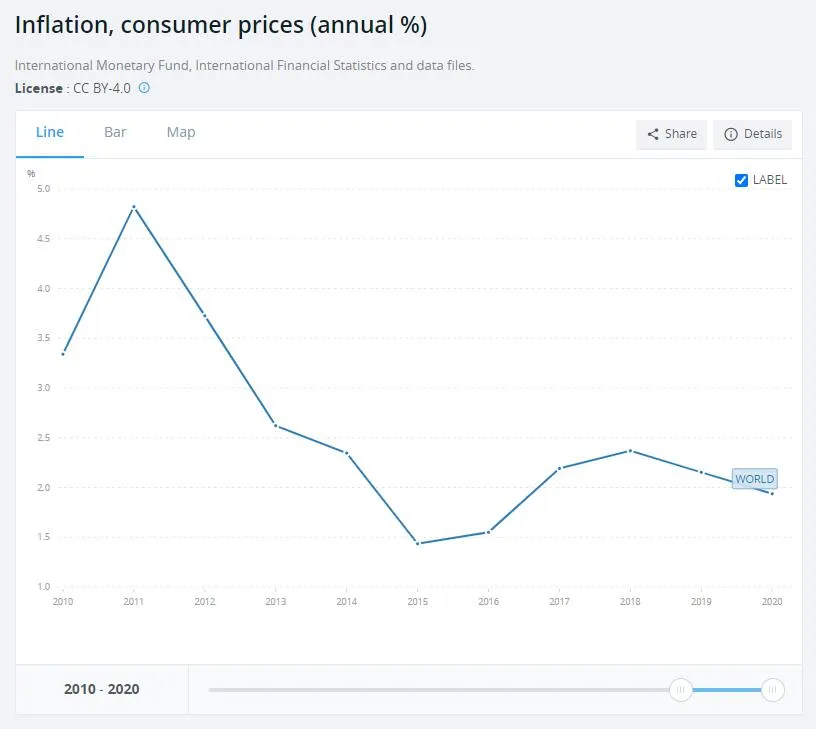
Ⅰ.Analysis of recent price increases:
1. Supply and demand
In 2020, the world’s top steel production capacity is China, the top steel export volume is also China, and the second is India. And because Indian production is currently limited by the impact of the COVID, the world’s major steel exports still have to be met through China’s exports. However, according to China’s current environmental protection policy requirements, after July, all steel factories must limit production by 30% by December. Moreover, regulatory agencies are becoming more and more strict in monitoring the completion of indicators. It is expected that global steel demand will continue to rise due to economic stimulus policies in the future. By the end of December, the imbalance between supply and demand will continue to exist in the medium term.
2. Electricity price
The cost of electricity prices may rise in the future. China’s carbon emission trading market has expanded and opened up: power generation companies will be included in carbon emission quota management.
3. Iron ore price
According to the analysis of customs import data, the import price of iron ore increased by an average of 29% from January to June.
In addition, the monthly price shows a step-up trend. According to the market response, the iron ore price still has no downward trend in the second half of the year.
4. Inflation impact
According to World Bank data, Inflation, consumer prices (annual %) (pic1)shows that the global economy has continued to decline for three consecutive years. Affected by the epidemic, the decline in 2020 was even more pronounced. Governments of various countries have adopted loose monetary policies, leading to a continuous increase in the risk of inflation.
This also affected the increase in steel prices at the macro level.

Pic 1 Inflation,consumer prices(annual%)2010-020
Ⅱ.Reasons for China’s low steel prices in June:
1.Government intervention
At the end of May, the China Iron and Steel Association(CISA) summoned several major steel producers in China for a meeting, which formed a signal of a blow to the market. Therefore, steel futures prices reacted quickly and fell, and the spot prices fell along with the futures prices.
2.Domestic demand
June is in the rainy season, China’s domestic construction steel demand declined
3.tax policy
In the policy issued on April 26, the China Taxation Bureau cancelled tax rebates for 146 steel products. This has led to a reduction in exports of some products, and steel demand has been suppressed.
Ⅲ.Conclusion
Policies can regulate prices in the short term, but cannot affect the general price trend changes in the long term. In general, excluding government intervention, in a complete market environment, the future raw material prices will fluctuate 100-300 RMB/TON from current prices.
According to the current situation, it is expected that this conditions will be maintained until October this year.
Ⅳ.Reference
[1]China Customs: China’s iron ore imports from January to May
[2]Tangshan City’s Office of Atmospheric Pollution Prevention and Control released the “Tangshan City July Air Quality Improvement Plan”
[3]My steel futures trend chart
[4]Carbon emissions trading market officially launched
[5]Announcement from the State Taxation Administration regarding the cancellation of export tax rebates for some steel products
[6]Tangshan summoned all steel production enterprises in the city
[7]The People’s Bank of China decided to lower the reserve requirement ratio for financial institutions on July 15, 2021.
Ⅶ.Contact us
If you want to know more about the analysis, pls contact us.
Address:Building D, 21, Software Avenue, Jiangsu, China
Whatsapp /wechat:+86 17768118580
Email: sherry@jmet.com
